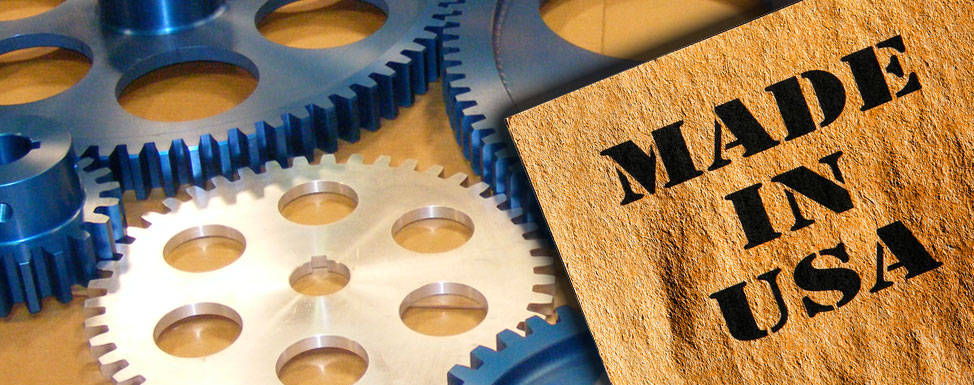Why ‘Made In The USA’ Is Making A Comeback
But those bright K’NEX toys are trendsetters. Like most plastic toys sold in the United States, K’NEX building sets were made in China. But in 2009 the company began on-shoring much of its manufacturing and kit assembly to the eastern Pennsylvania region.
K’NEX, part of the Rodon Group, a maker of close-tolerance injection molded plastics, is one of the many companies returning manufacturing operations to the U.S. for one simple reason: it makes sense.
In fact, more than half of U.S.-based manufacturing executives at companies with sales more than $1 billion plan re-shore production to the U.S. from China or are actively considering it, according to a 2013 survey by The Boston Consulting Group.
Caterpillar, Ford, NCR and Whirlpool, to name only a few, have brought manufacturing back from over seas, and even Frisbee molding from Wham-O has left Mexico for the U.S. Walmart has committed to stocking $50 billion of domestically sourced products in the next 10 years.
Apple has contracted with a Flextronics America plant in Texas to assemble its new Mac Pro computer, using domestically sourced parts. Gorilla Glass, found in the iPhone display, comes from a small-town factory in Kentucky.
Rising wage rates in China and higher shipping rates are partly behind the on-shoring moves, as are lower U.S. energy prices. But closing the gap between the local market and U.S.-based engineering and marketing staff also pays off.
When GE brought back production of its hybrid water heater to Appliance Park in Louisville, Ky., it also re-designed the product. The company cut 20% of the parts and 25% of materials costs and sells the product for $300 less than the version made in China. Now the shipping time from factory to distribution center is 30 minutes instead of a month.
In the past five years, K’NEX moved 95% of its toy production back to Hatfield, Pa., and uses two nearby plants to print packaging and assemble the components into kits.
Before, the company made the rods, connectors, gears, wheels and other components in the Pennsylvania plant, then shipped them to China for finishing and packaging. The round-trip time was about three months. That lag made it impossible for the company to react to short-term market shifts, such as booming popularity of a licensed product.
With a long supply chain K’NEX had to make bets on which property would be hot six months or more ahead of the holiday shopping season, says CEO Michael Areten.
Building a domestic supply chain gives the company a competitive advantage.
“We got a call from a retailer a few weeks before Christmas that they had shelf space to fill, and I told them we’ll make the products this week and fill the shelves next week,” Araten says. “You can’t do that if you’re bringing it in from Asia.”



Leave a Reply
Want to join the discussion?Feel free to contribute!